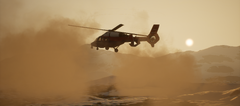- 0 replies
- 1,492 views
- Add Reply
- 4 replies
- 3,881 views
- Add Reply
- 0 replies
- 1,850 views
- Add Reply
- 3 replies
- 2,318 views
- Add Reply
- 0 replies
- 1,405 views
- Add Reply
- 2 replies
- 1,745 views
- Add Reply
DCS Weekend News: 2nd August 2019

By MigBuster,
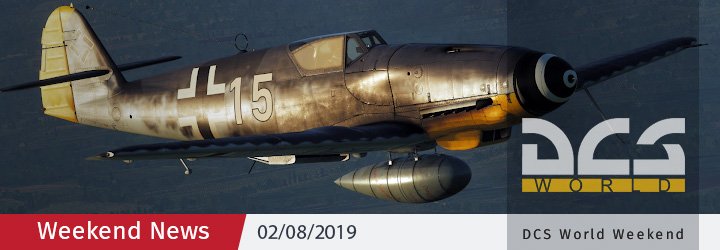

DCS: Bf 109 K-4 Jagdflieger Campaign Available!
The Jagdflieger campaign for the Bf 109 K-4 by Reflected Simulations is now available for purchase from the DCS e-Shop.
It's March 1944, the beginning of the end. The Reich has become a fortress without a roof. The large formations of Allied four motors have become daily visitors. Come, join the German Luftwaffe in these dire times. Jump into one of JG26's Messerschmitt Bf-109-s and find out what it’s like to attack the "
Supporting the When Thunder Rolled Project...

By WTRAdmin,
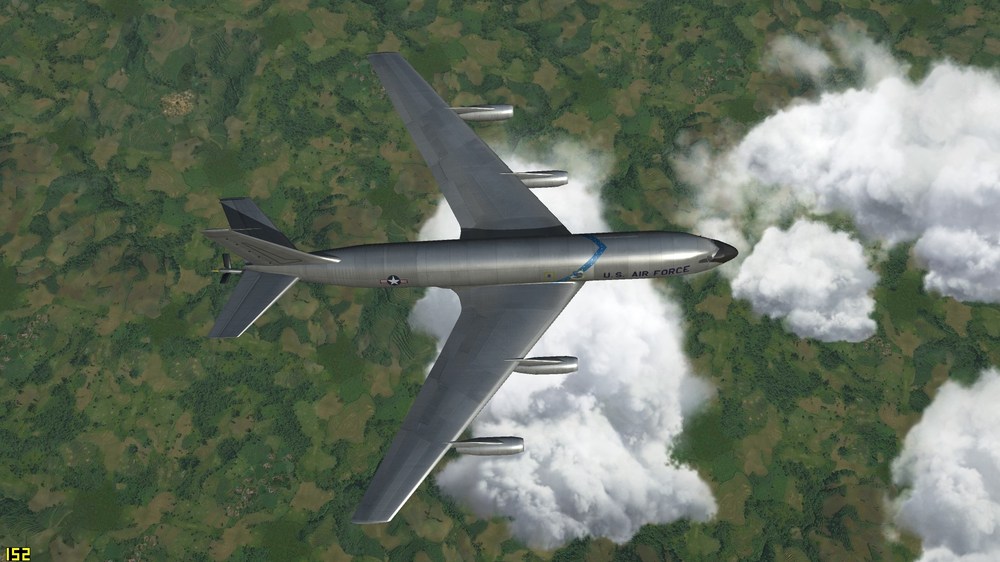
If you've ever supported the When Thunder Rolled Project in anyway, first again accept my sincere appreciation and gratitude. I would ask that you please email me with your contributions list and an upcoming announcement at: admin@whenthunderrolled.com . If you're still interested in contributing in some way, we welcome and encourage you to reach out. Just to avoid any misguided speculation, this request is not implying any near-term release date. Thanks again, here's a good blast of early
Developer Diary 227 WIP shots

By 76.IAP-Blackbird,
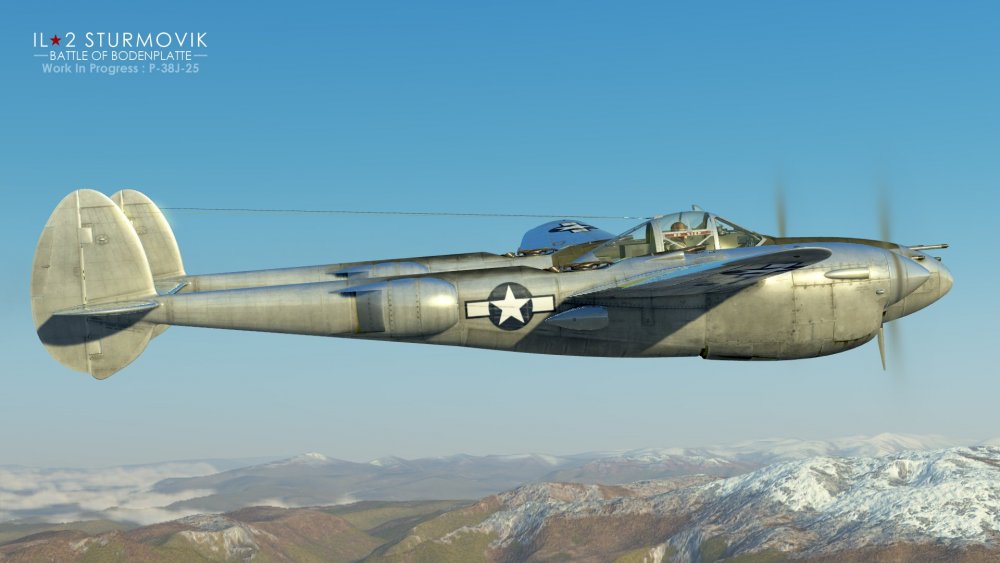

Dear Friends,
After the recent release of the update 3.102 many of you wondered "why there are no new Bodenplatte planes"? There is nothing strange about it: the remaining three player-controllable fighters and AI-controlled bomber are the most complex and difficult to produce objects in the entire history of our team. But the more difficult is the task the more interesting is the result. At the moment we plan to make all these four planes available to you in the next huge upda
The AH-1w Super Cobra

By Skyviper,


This segment is all about the AH-1w Super Cobra. The AH-1w Super Cobra was introduced to service in 1986 and is being replaced by the AH-1z Viper or "Zulu Cobra" the difference with the Zulu Cobra is that it features 4 rotor blades and the Target Sighting System or TSS. In this video you'll learn about this aircraft's routes in Vietnam as well as a brief history about the Cobra.
Il2 DD Update Dev Blog 227

By 76.IAP-Blackbird,
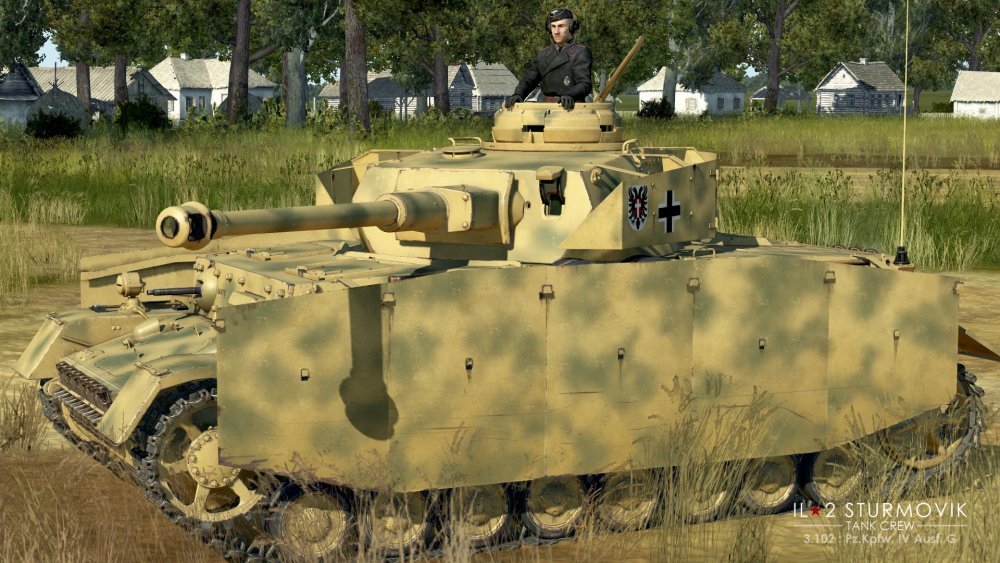

Dear friends,
We're glad to report that the new update containing three new war machines are out. The first one of them is Pz.Kpfw. IV Ausf.G German medium tank for Tank Crew - Clash at Prokhorovka project. It was one of the most commonly used German tanks and had an interesting mix of powerful weaponry and lacking armor, making its use in the sim somewhat peculiar. It also had an interesting feature - autonomous turret traverse mechanism powered by a dedicated petrol motor.
The AC-130

By Skyviper,
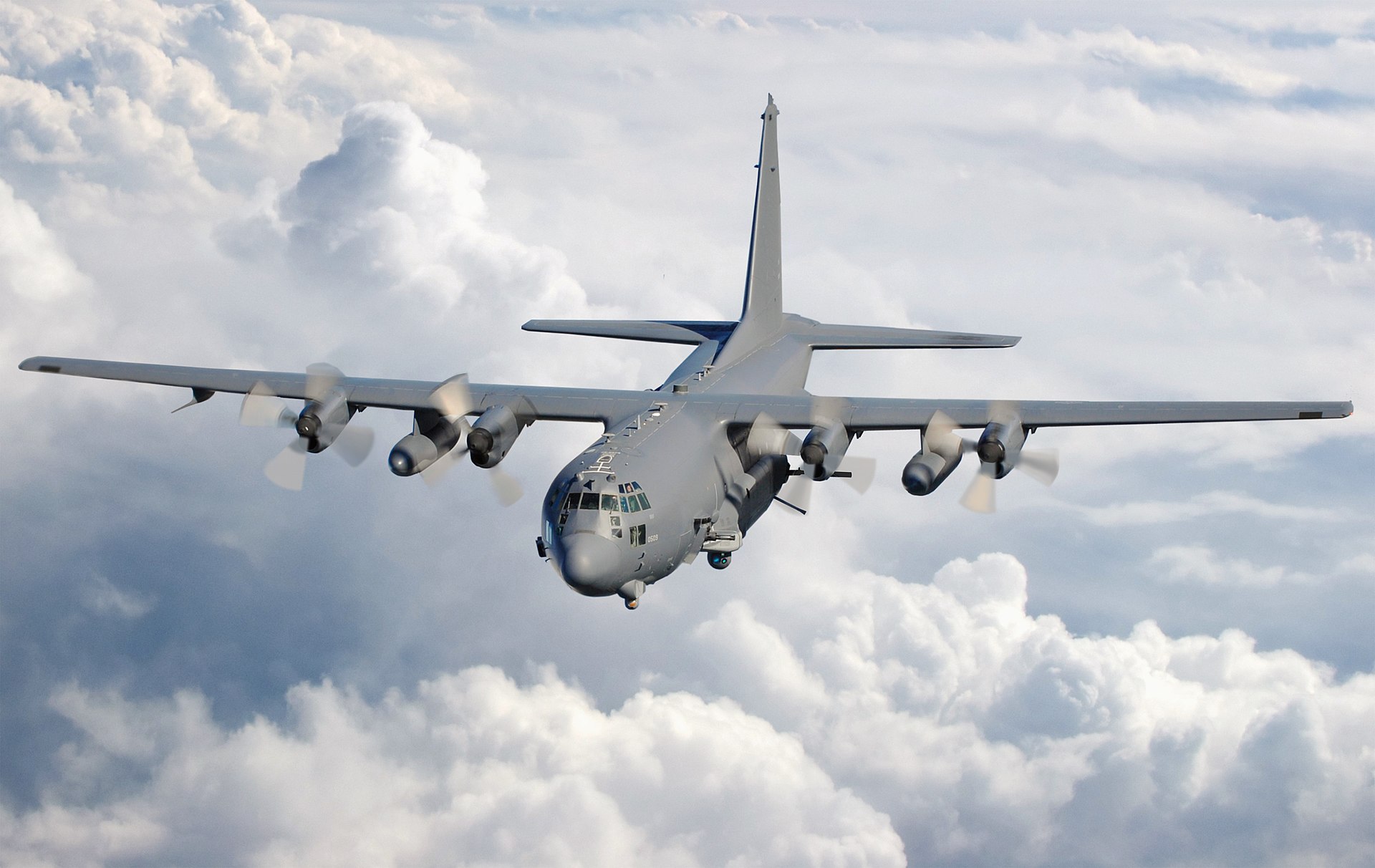

C-130s typically don't get people excited ... unless they're bringing supplies, painted in Blue Angels colors, or equipped with a variety of weapons and 105mm Howitzer. This segment of Quick Aircraft Facts is all about the AC-130.






